Solving problems at the peace table teaches young children how to express themselves calmly, listen with empathy, and restore harmony after conflict. This beautiful practice encourages honesty, fairness, and problem – solving skills. Let’s find out with 4Life Education how to bring the peace table into your child’s daily life for meaningful emotional development.
Why children need a peaceful way to resolve conflict?
Conflict is a natural part of growing up. Whether it’s a disagreement over toys, a misunderstanding with a sibling, or hurt feelings from a friend, children frequently face moments of frustration and disagreement. These are valuable opportunities to teach resolution skills – but only when approached the right way.

Why children need a peaceful way to resolve conflict?
Without guidance, conflicts can escalate into yelling, tears, or withdrawal. But when children are taught a structured, respectful way to talk about their feelings and listen to others, they learn that every problem has a peaceful solution. The peace table offers that structure, making it easier for children to settle disputes with empathy and fairness.
What is the peace table?
The peace table is a quiet, inviting space where children come together to talk through problems. Typically, it is a small child-sized table with two chairs, perhaps decorated with a flower, a peaceful symbol like a dove or an olive branch, or even a bell that signals readiness to begin. It doesn’t have to be fancy – a small rug in a cozy corner or even two chairs placed together can work beautifully.
This space is special because of what it represents: calm, safety, and a chance to be heard. When children sit at the peace table, they are entering into a ritual of communication and trust.
Creating a peace table at home
Setting up a peace table at home is simple and can be adapted to your space. Choose a quiet spot with little distraction. Add two child-sized chairs and a small table if possible. On the table, place a symbol of peace – this could be a flower in a vase, a smooth stone, or a handmade sign that says “Peace.”
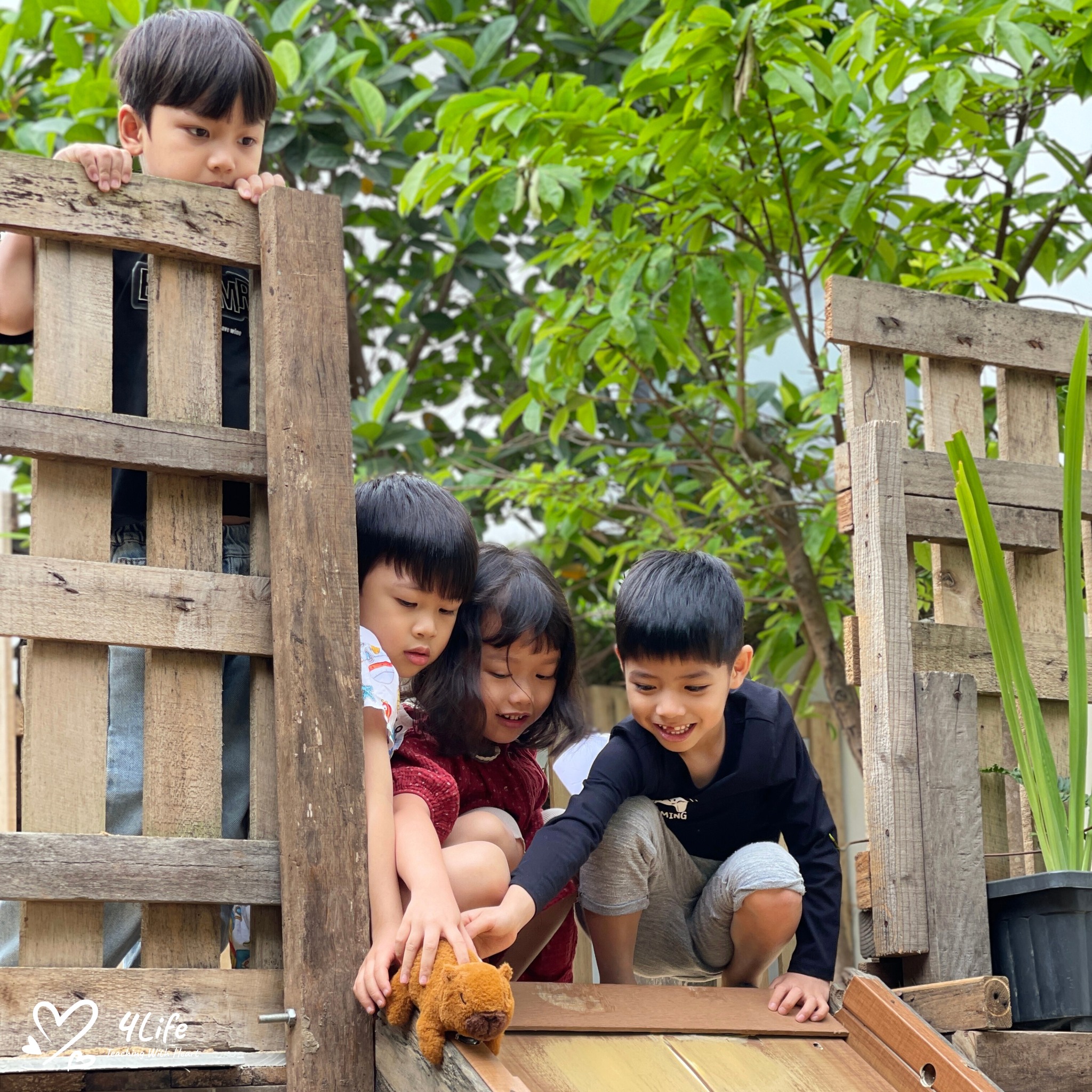
Solving Problems at the Peace Table
You might also include a bell that a child can ring to signal they want to talk. When children know that the peace table is always available, it becomes part of their routine – a reliable tool they can turn to when emotions run high.
How the peace table process works
When a conflict arises, a child may go to the peace table on their own, or an adult may gently suggest it. If both children agree, they take their seats. Here’s the basic process:
– Taking turns to speak: The child who feels hurt or upset places one hand on the table and the other on their heart, symbolizing that they are speaking truthfully and from the heart. They address the other child by name, explain how they feel, and share what they hope will change.
– Listening with respect: The second child listens without interrupting. When it’s their turn, they place their hand on their heart and respond, sharing their side of the story.
– Continuing the dialogue: The children take turns expressing their thoughts and feelings. This continues until they reach a mutual understanding or agreement.
– Optional mediation: If they are unable to resolve the issue themselves, an older sibling or parent can act as a gentle mediator, helping to guide the discussion. In more complex situations, a family meeting can be called where each child’s voice is heard with equal respect.
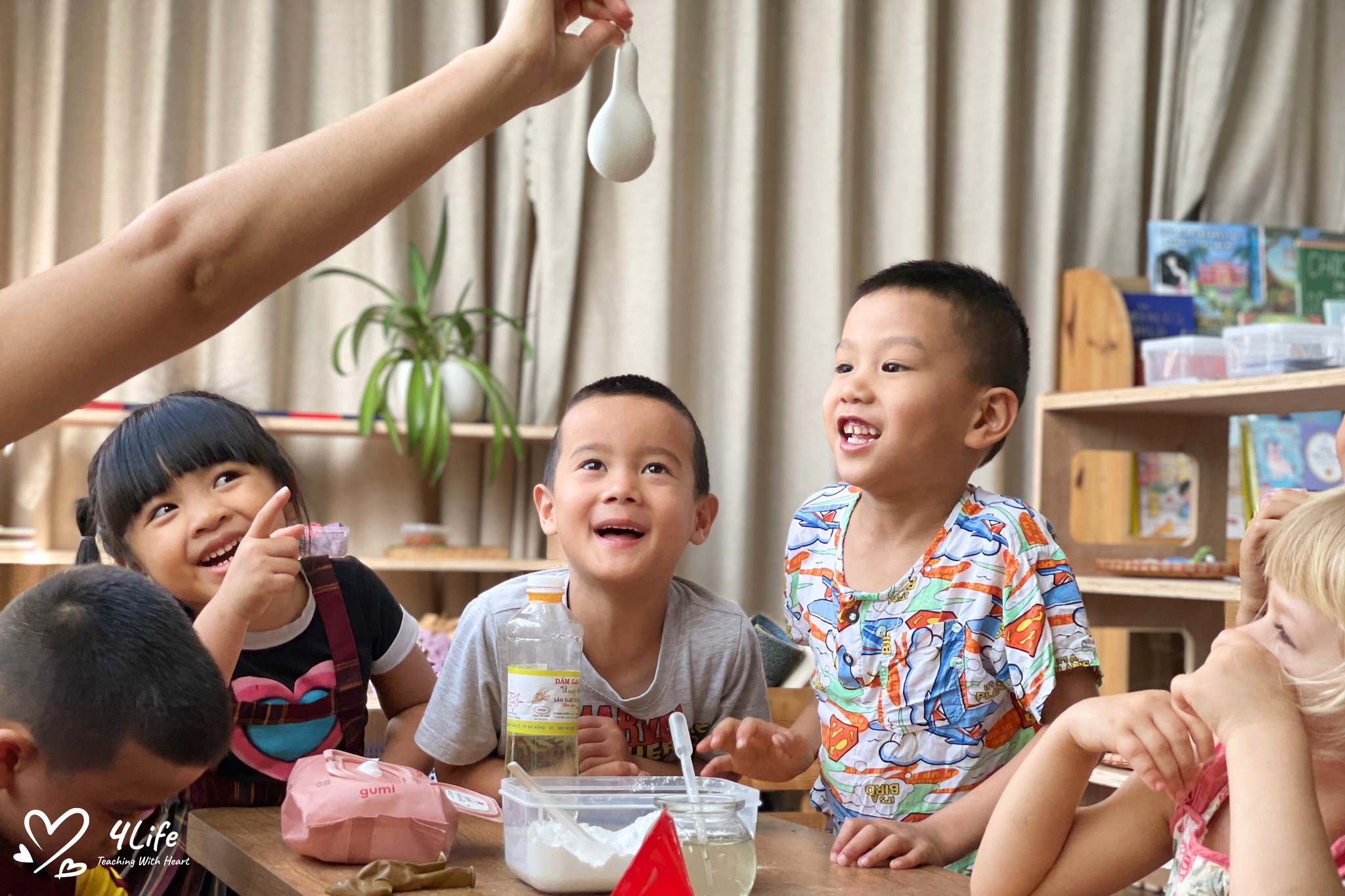
How the peace table process works
This process gives children ownership of the solution. It teaches them that their voice matters – and that so does the voice of the person they disagreed with.
Key lessons children learn from solving problems at the peace table
The peace table isn’t just about calming down – it’s about building emotional intelligence and social maturity. Here are some of the most important lessons your child will gain:
– Honesty and self-awareness: Children learn to recognize and express their feelings clearly and respectfully.
– Empathy and listening: By listening to someone else’s perspective, children grow in understanding and compassion.
– Fairness and cooperation: Children realize that resolving problems fairly leads to a happier environment for everyone.
– Confidence and independence: Having the tools to handle conflict helps children feel capable and secure.
– Respect for others: The structure of the peace table emphasizes the importance of respectful interaction, no matter how big or small the issue.
Making the peace table part of your family culture
The peace table works best when it becomes a consistent and respected part of your home. Children should know that it’s not a place for punishment or forced apologies, but a space for calm conversation and problem – solving. Let them see you value it, and model its use when needed.
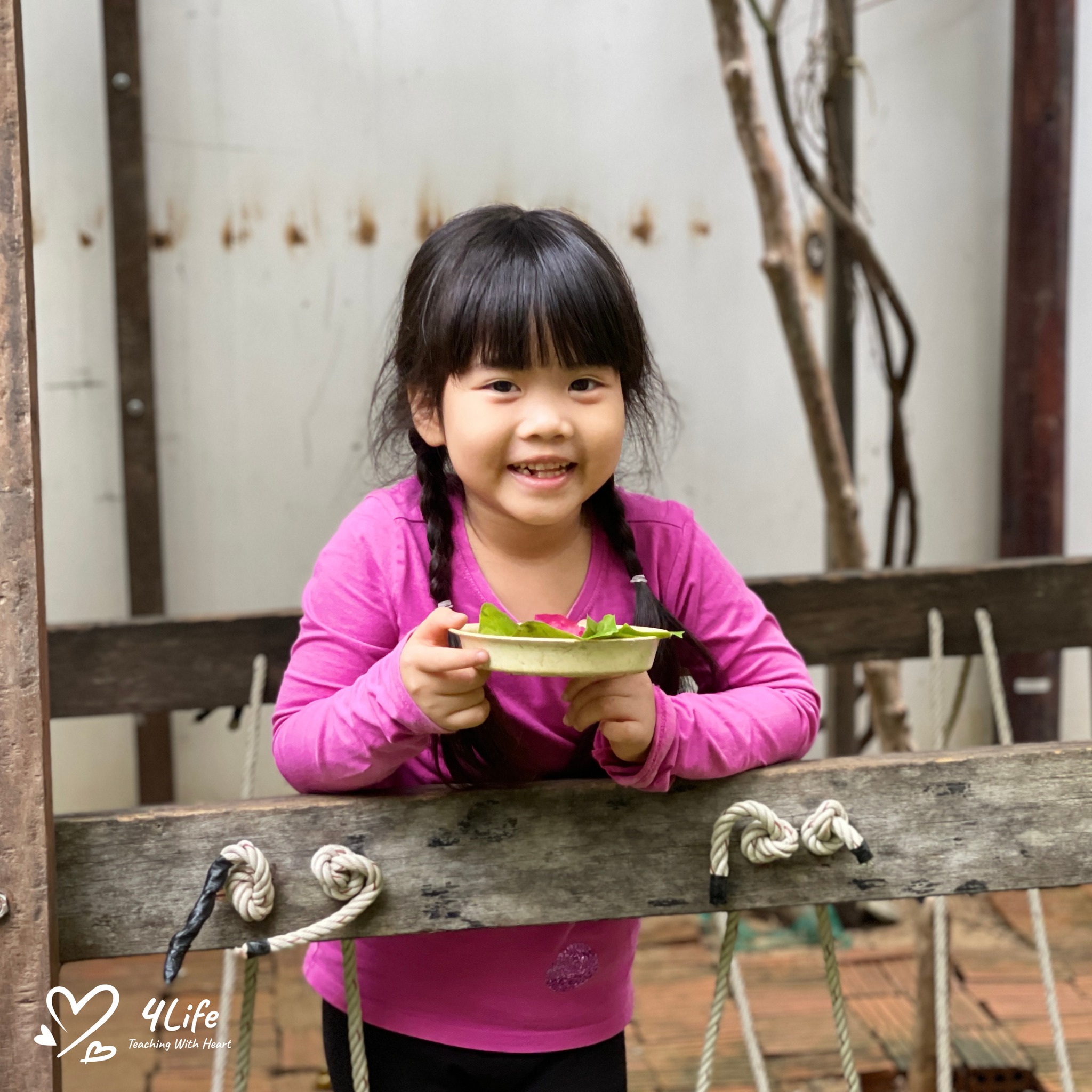
Making the peace table part of your family culture
For example, if you and your child have a disagreement, suggest sitting at the peace table together. Show them how adults can express feelings calmly, listen without interrupting, and work together toward a solution. When children see that everyone in the family uses the same method, they feel a deeper sense of inclusion and trust.
You can also talk about the peace table during neutral times – not just in moments of conflict. Use stories, pretend play, or even books to practice what peace table conversations look like. The more familiar it becomes, the easier it will be for your child to use it when emotions are high.
The role of adults in the peace table process
While the ultimate goal is for children to solve problems on their own, adults play an important role in teaching and supporting the peace table process. Here’s how you can help:
– Model the process: Use the peace table yourself when you have a conflict or disagreement with your child.
– Stay neutral: When mediating, avoid taking sides. Encourage each child to speak and listen with care.
– Praise effort: Celebrate when your child chooses to go to the peace table. Recognize their maturity and willingness to find solutions.
– Be patient: Children won’t get it right every time. The peace table is a long-term learning tool – it’s okay if it takes time to become part of their behavior.
What if the peace table doesn’t work right away?
Like any new skill, learning to solve problems at the peace table takes time. There may be moments when your child resists, gets too upset to talk, or tries to use the peace table as a way to “win” an argument. These are all part of the learning process.
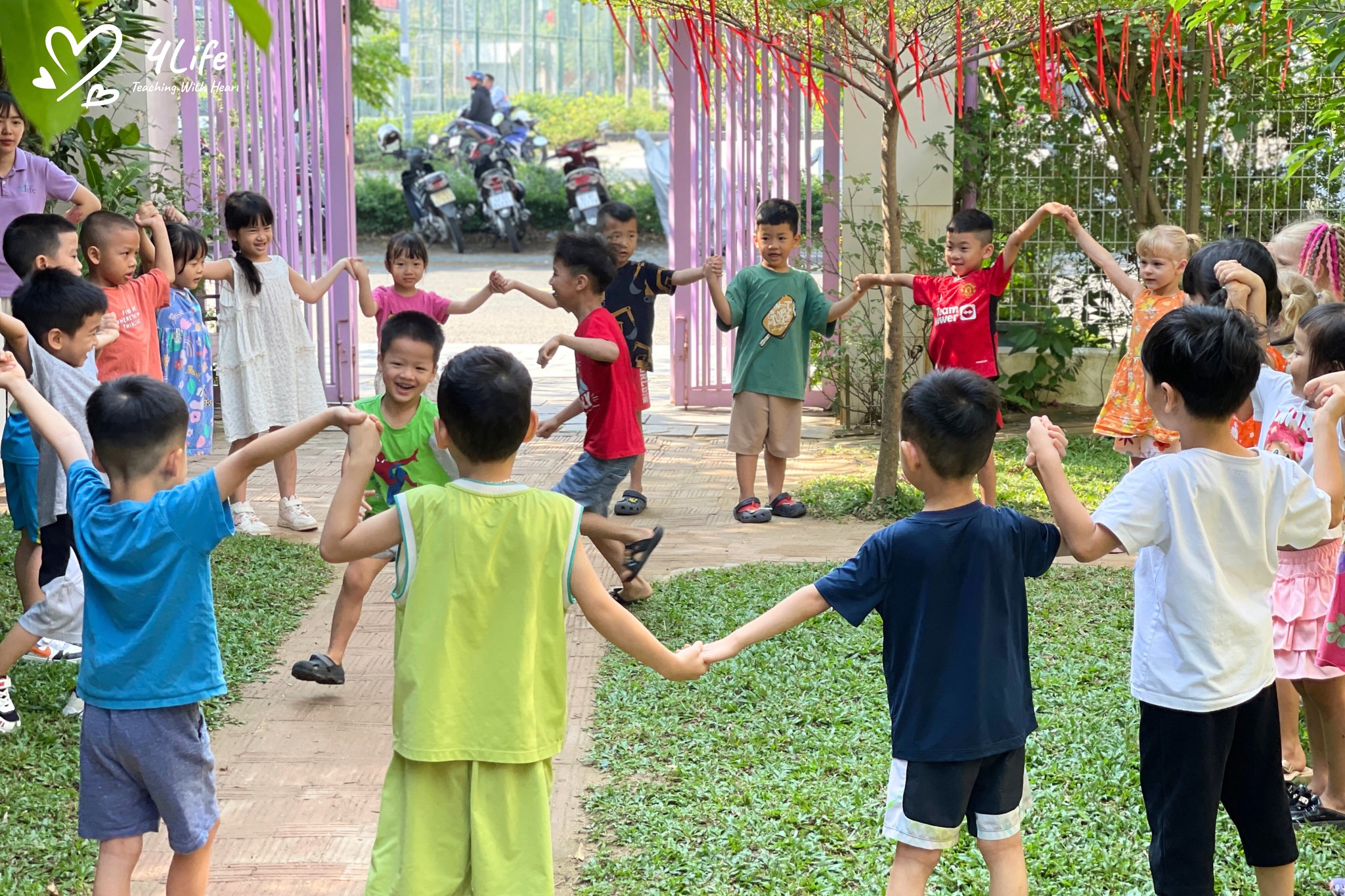
What if the peace table doesn’t work right away?
Stay consistent. Keep the peace table available, and revisit it at calmer times if needed. Role-play different scenarios with your child, and always focus on progress, not perfection.
It’s also important to understand that not every disagreement can be fully resolved in one sitting. Some may require repeated visits or even time apart before both children are ready to talk. That’s perfectly natural.
Growing a culture of peace, one conversation at a time
When children learn that their voice is heard and their feelings are respected, they grow into empathetic, confident individuals. The peace table helps them build these qualities through daily practice. More than a piece of furniture, it becomes a symbol of how your family handles conflict – with care, respect, and heart.

Growing a culture of peace, one conversation at a time
Some families even name their peace space something unique – like the “Heart Spot” or “Friendship Table” – to make it their own. Whatever you call it, its purpose remains the same: to give children a peaceful place to solve problems and strengthen their relationships.
Solving problems at the peace table empowers children to handle conflict with respect, confidence, and compassion. By giving them a safe space to talk, listen, and understand, we’re not just stopping arguments – we’re shaping kind, thoughtful individuals who know how to live peacefully with others. With consistent practice, the peace table becomes more than a place – it becomes a powerful life skill that stays with them forever.

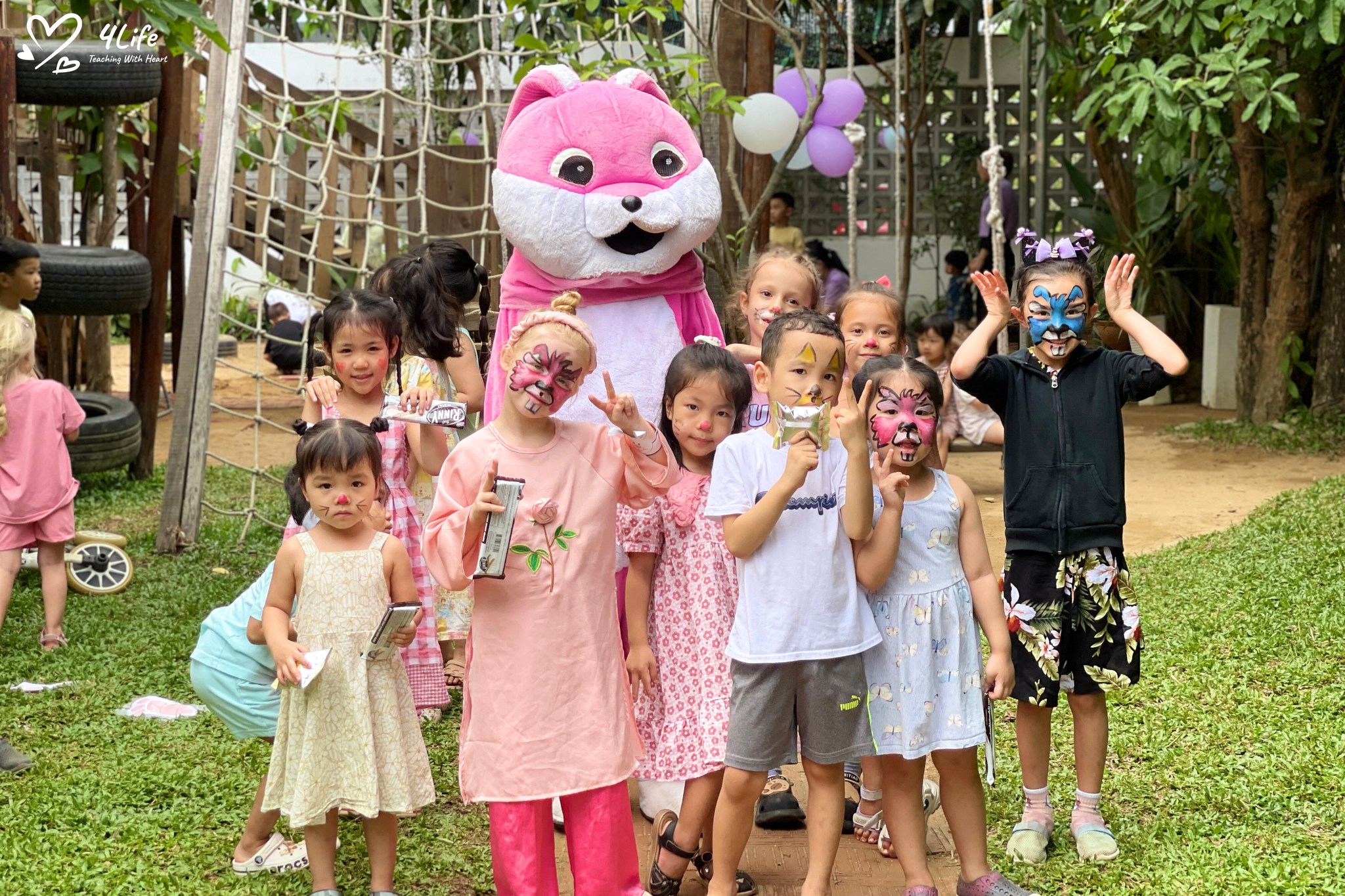

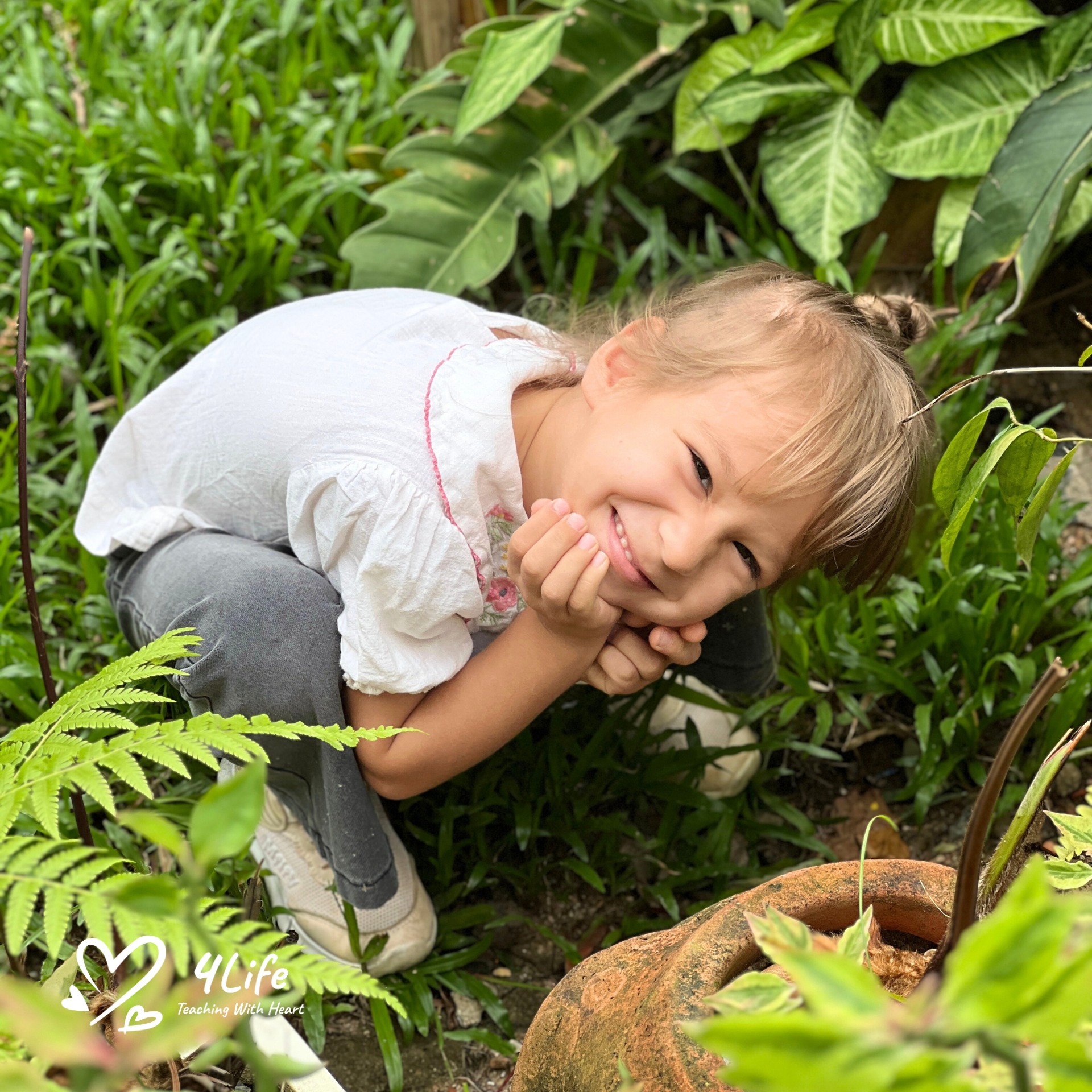
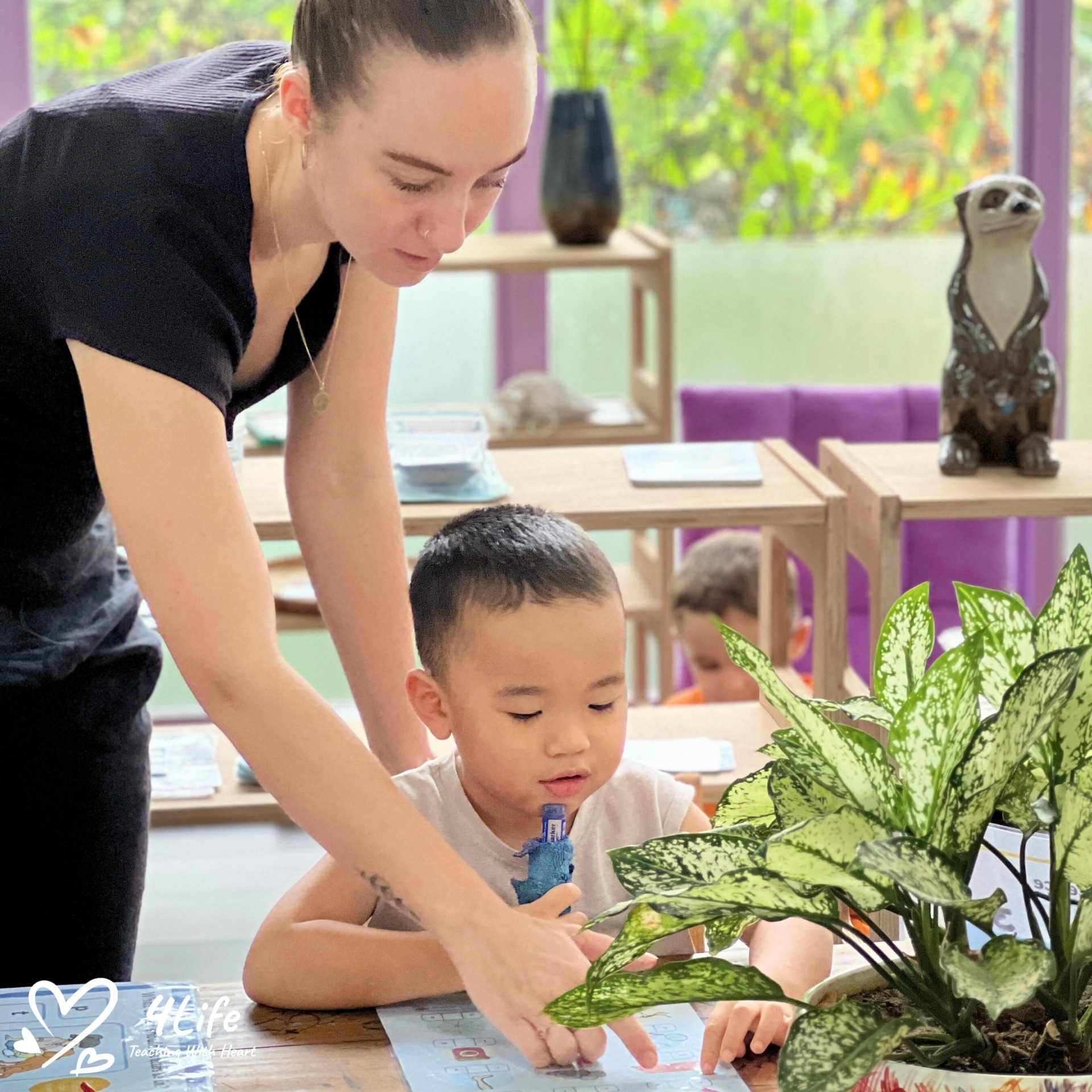
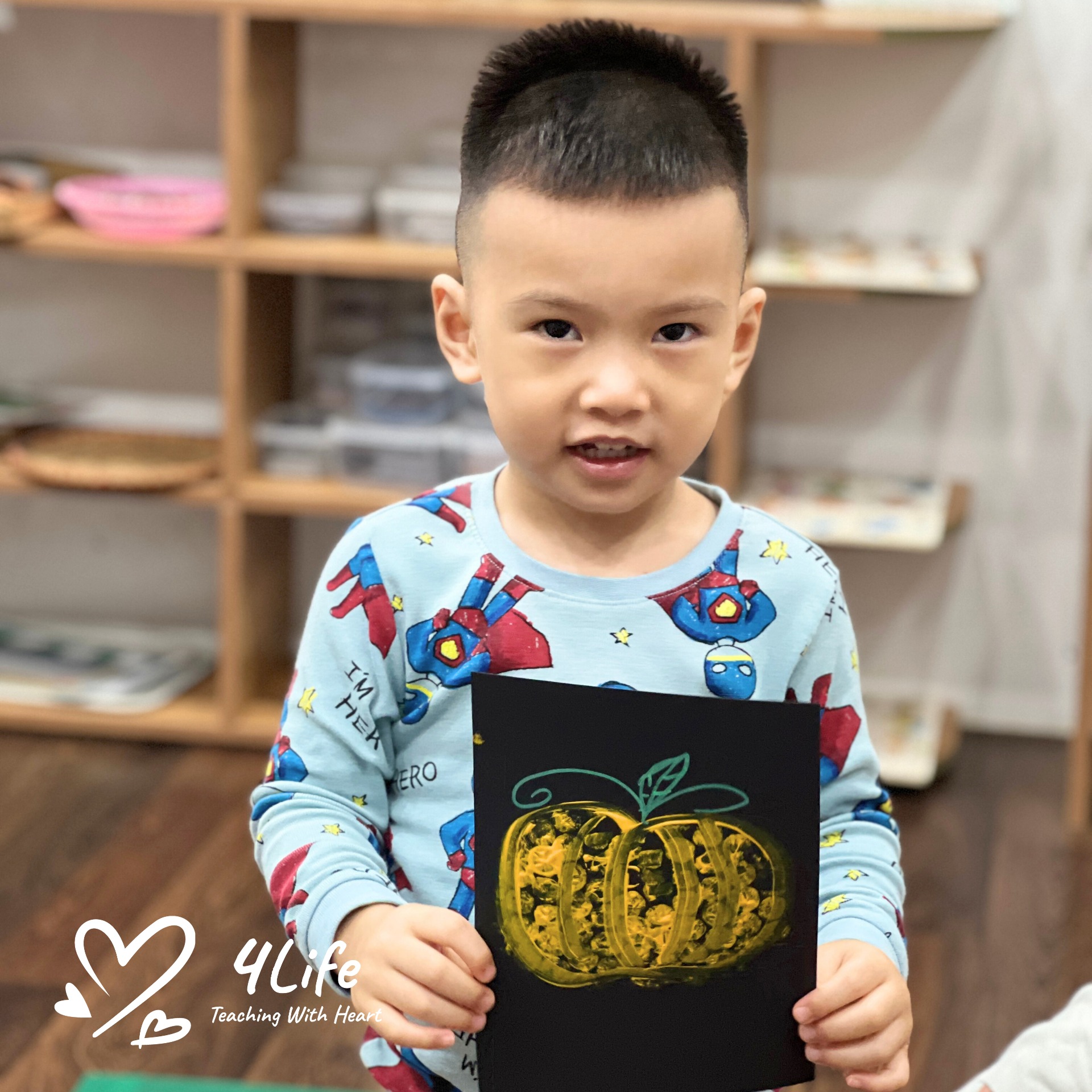
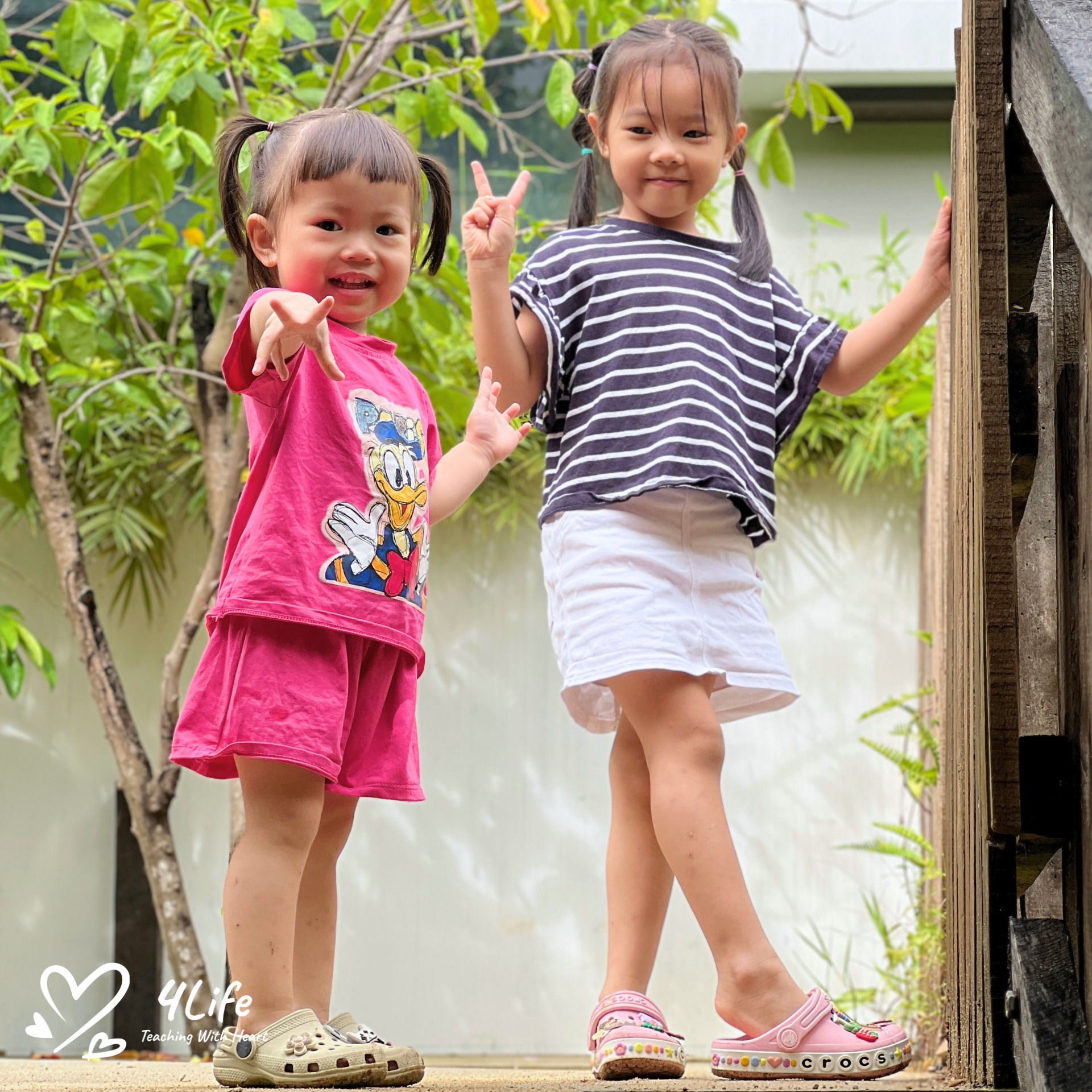
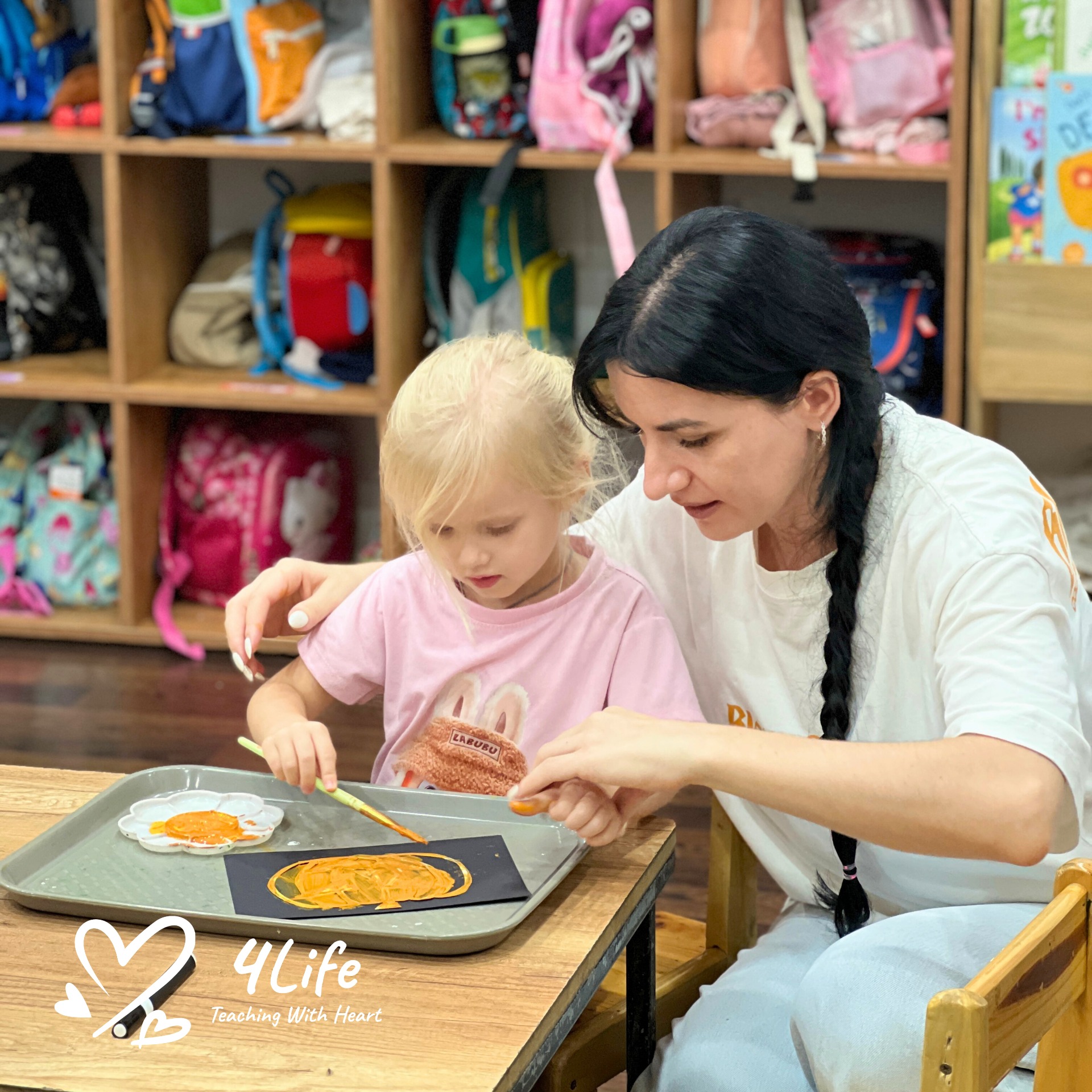
0 Comments